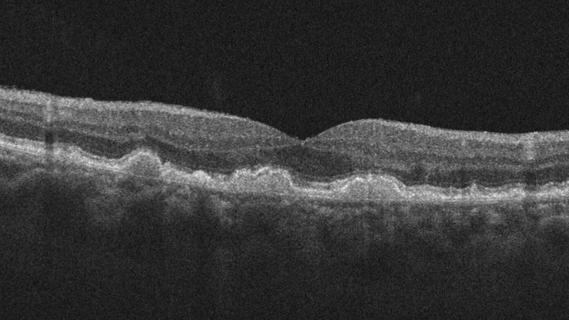
Early data shows risk is 73% higher in patients with lupus, 40% higher in patients with rheumatoid arthritis

Identifies weak spots in the cornea before shape change occurs
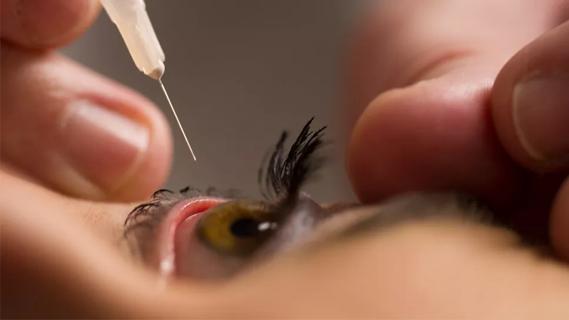
Study highlights the value of quantitative ultra-widefield angiography
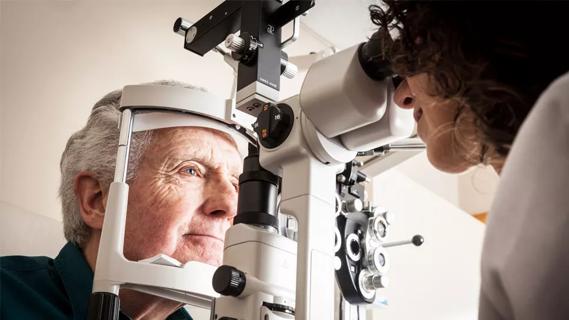
Switching medications may decrease treatment burden and macular fluid
Cleveland Clinic is a non-profit academic medical center. Advertising on our site helps support our mission. We do not endorse non-Cleveland Clinic products or services. Policy
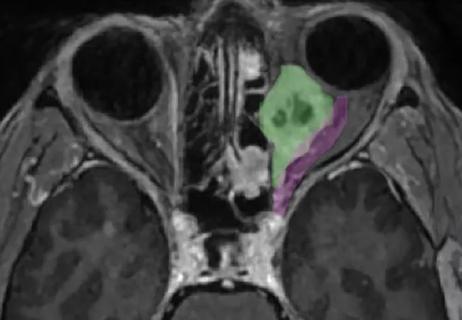
Novel collaborative approach helps patient avoid orbital exenteration

Interventions abound for active and stable phases of TED

Corneal imaging and interpretation play a major role
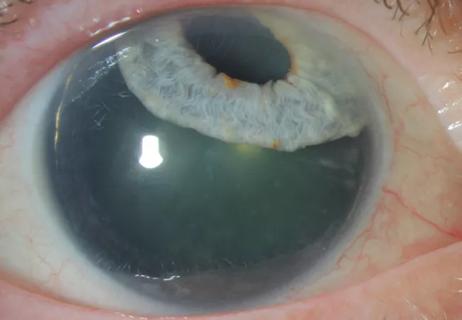
Cole Eye Institute imaging specialists are equal parts technician, artist and diagnostician

Effect of low-dose atropine and dual-focus contact lenses is unknown in patients with comorbid eye conditions

How to screen for and manage treatment-triggered uveitis